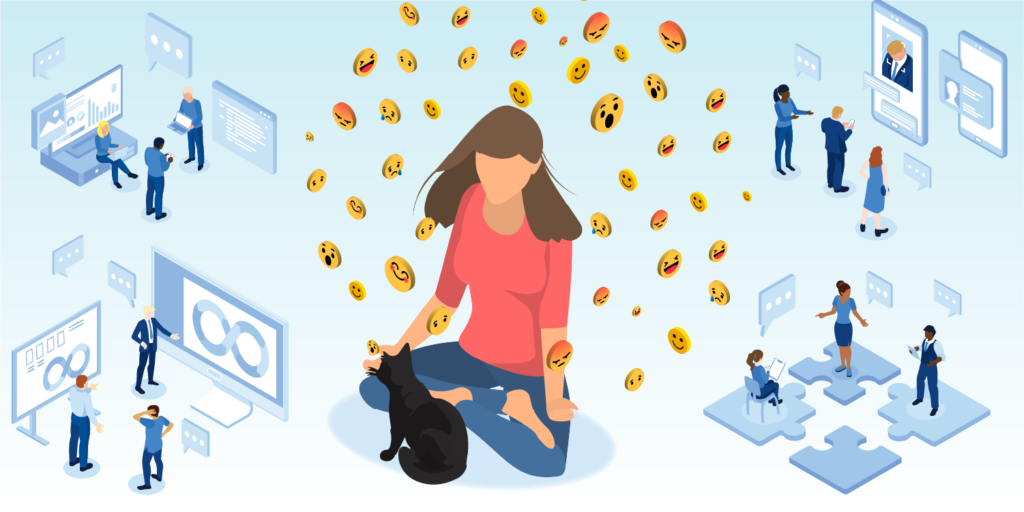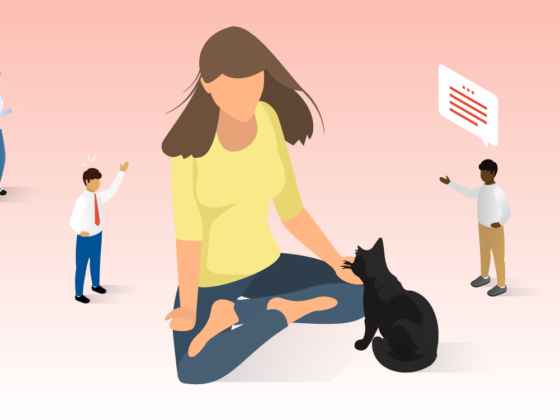Introduction
I love it when someone complains about an issue. It is an opportunity to see a situation from a different perspective and learn new information that may help solve a pressing problem. We think of squeaky wheels or complainers as people who get loud to get attention. These are folks who are outspoken about a dissenting thought or opinion.
But not everyone shares this viewpoint. While not every dissenting opinion is gold, what if we broaden our perspective and start seeing these noise makers more positively as potential problem solvers who may bring up an issue we haven’t noticed or simply choose not to solve? Then they won’t have to speak as loudly and often because we will be listening to them.
The perils of not listening to the squeakers
Take the case of Florence Nightingale during the 19th century. She advocated for using clean water and sanitation to promote public health. Still, she was ignored by the ‘experts’ of the time despite the lower mortality rates at her facilities. Science and Nightingale’s research eventually proved and convinced the medical community to adopt better health practices that we still use today.
What irritates us so much about complainers? Is it because they say things that don’t fit our current narrative, making us uncomfortable? Or is it because they want us to abandon what we think is important for what they think is important? While it depends on the circumstances, not listening can come at the steep price of not enjoying the benefits their suggestions can bring. Let’s explore why we behave this way.
Communication models
There are many communication models, some explicitly related to software and most to interpersonal or group communication dynamics. All models have the basic concept in common:
- A sender
- A message
- A receiver
- and feedback
Some models assert that communication should be a feedback loop, while others maintain that it is a one-way process. When systems talk to one another, we have a list of standard responses that tell us what happened. It’s not as cut and dried when people speak to one another.
The Shannon-Weaver communication model was one of the very first (1948) to be widely published and represents a mathematical model for communication. While this model may work for rudimentary software systems of communication, it’s been widely criticized for not considering how humans communicate to convey information, meaning, and emotions. Intent and perception are front and center when humans communicate along with a feedback loop consisting of give-and-take, in other words — an actual conversation.
The squeaky wheel and the Appeasement Fallacy
We have a proverb in English: the squeaky wheel gets the grease. Essentially, the loudest person receives the most attention. As it turns out, many other cultures have a similar concept. When we apply this metaphor to Continuous Improvement in software development, we run into the Appeasement Fallacy. When we appease folks, we are placating their demands. We aren’t really, truly listening. If we are going to improve continuously, we need to listen without bias to feedback and supporting evidence and not assume that if something is wrong, it will be loud and obvious.
Why does this matter?
If someone speaks up, the intent may be that they have essential new evidence to reveal, presenting us with more options to consider. Some get louder or repeat themselves until they feel heard, thus appearing as a “squeaky wheel.” This is where our own human biases get in the way and confuse the message trying to be conveyed
Perception and intent
So, what’s the difference between someone who is never satisfied and someone who brings a consistently diverse perspective to their team?
The difference is perception.
Options:
- The sender could perceive that the receiver has not understood the message’s intent.
- The perception that the sender’s original intent was conveyed and understood.
- The perception was that the sender closed the feedback loop once something was said and that nothing was lost in the noise (but for the receiver, it was misinterpreted).
But human brains listen and interpret what we are hearing.
Options:
- Sometimes, we listen only to respond instead of listening to understand.
- Sometimes, internal or external biases impact how we interpret a message.
- Sometimes, our communication tools fail us, and we can’t understand what is being said.
We’re human, and being human is a messy business. We’re constantly looking for better ways to communicate with one another so we can reach a common understanding.
The old game of telephone as kids is a perfect example of how quickly and easily a simple message can be misconstrued. But in that game of telephone, we don’t label folks. We laugh it off and start over, trying to communicate differently. When do we lose this grace we give one another when communicating?
The downside of labeling people
In some family, social, and work settings, folks who point out what others don’t want to see or talk about are labeled troublemakers and told to fix their attitudes. I don’t buy that. Bringing new information or a new perspective to the table is frequently valuable. Complaining or venting is a psychologically valid way of releasing negative feelings and connecting. Not to mention that labeling someone as anything can directly impact their mental health and lead them to set themselves up for further negative performance.
I want to hear what my teammates say, even if it disrupts my previously-held opinion. I want to listen to another version of things! And then a different version after that! That’s when all the puzzle pieces start coming together, and we get a fuller picture of what is happening. We begin to pick up on more nuances, look at things from different angles, and put ourselves in positions that we may only have thought to try once someone else has spoken up. When we drop our personal biases, good ideas appear, and bad ideas unravel.
Should we continue to be skeptical, curious, and analyze ideas? Of course! But when we label or pigeonhole folks, we automatically exclude ourselves from considering other options and opinions. So yeah, give me your squeaky wheels and complainers. I’ll take them all because I want to hear what they say!
We all want the best outcome.
Remember, most complainers feel they have been misunderstood and need to keep repeating themselves, louder and louder, until they feel heard. Be the person who takes the time to understand someone. Our coworkers are not resources. They are humans. (Resources are time, money, and tools.) Our fellow humans deserve the basic respect of being listened to and heard.
The investment our companies and coworkers make in us as humans is the most significant cost to any company. Why would we squander that time and wealth of knowledge we have to offer by not listening to one another?
The feeling that we’ve been misunderstood is at the heart of most communication issues. What’s the harm in hearing someone out? Bring your compassion and empathy to the table with each conversation.
The next article in this series, “5 ways to love a complainer,” discusses practical ways to apply these theories in your daily work life. Some exercises will be included to help you coach yourself and others when these traps appear.




